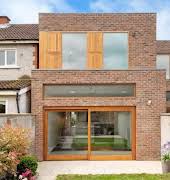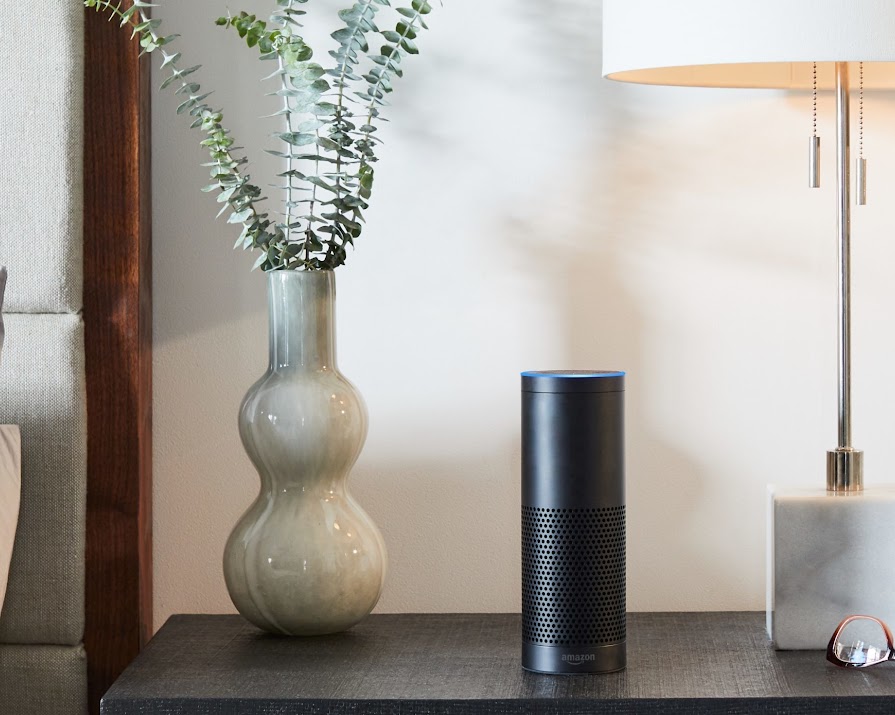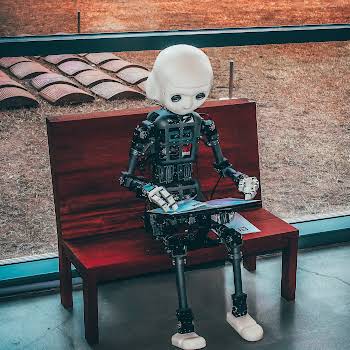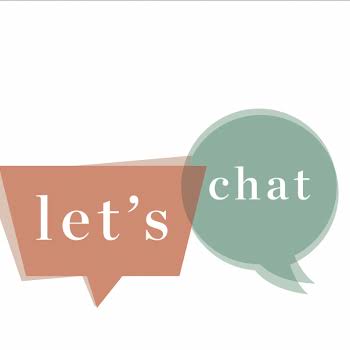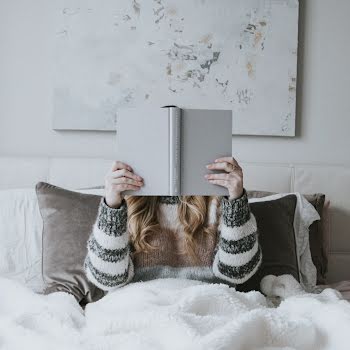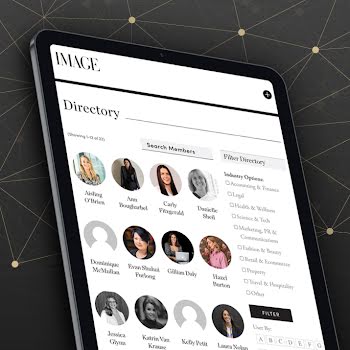
By IMAGE Interiors & Living
26th Oct 2019
26th Oct 2019
Nathalie Marquez Courtney ponders whether a “smart” home is really such an intelligent choice.
“Open the pod bay doors, Hal.” Memories of the rogue HAL 9000 in Stanley Kubrick’s visionary 1968 classic 2001: A Space Odyssey has done little to stop the tech world’s fascination with automating.
According to a study by Zion Market Research, the global smart home market is expected to grow 13 per cent per year between 2017 and 2023, when it is set to be worth a whopping US $137 billion. But what does a “smart” home look like, and is there any hope for those of us with “dumb” houses?
What is Smart Tech?
Smart home technology covers a multitude – everything from automated blinds to voice-controlled thermostats, video doorbells, smart locks, multi-room speakers and lighting that can be programmed for different environments and moods. Some of these products promise to take monotonous, repetitive tasks off your hands – think things like hoovering (the Roomba), weeding and, believe it or not, even folding the laundry (that’s FoldiMate).
Others are focused on saving you money, through smarter use and tighter control over lighting and heating, or keeping you safe, like discreet motion-activated cameras or fire alarms that test themselves automatically and alert your phone to smoke in specific rooms.

Apple’s HomePod
More and more of these appliances are falling under the Internet of Things (IoT) umbrella. This means that once they’re in your home, they can connect to your WiFi network, becoming more useful, even communicating with other IoT devices (so your alarm clock could wake you up at 7am and then notify your coffee maker to start brewing a cuppa) or allowing you to control them remotely (being able to check if you’ve turned off the heating while at the office).
Voice Control
Soon, many homes will be filled with these smart, connected devices that can talk to you as well as talk to each other. And how will they be controlled? Not with countless apps and accounts, thankfully. If the tech giants of today are to be believed, the home of the future will be a voice-controlled one.
This is already beginning in the form of voice-activated speakers-come-digital assistants – Amazon’s Echo, Google Home and the Apple HomePod are all promising to make life easier using voice commands. The current reality, however, is far from the Jetsonian future we might dream of. Much of this technology is still in its infancy in the grand scheme of things, so teething troubles are commonplace.
Sinéad, a senior product researcher at a tech company, recently installed two Amazon devices in her home – the Amazon Echo and its smaller sibling, the Dot, smart speakers that both come bundled with Alexa, Amazon’s virtual assistant. “Sometimes I’ll talk to Alexa and she’ll fully understand me, and other times she won’t know what I’m saying at all, and I’ll get really frustrated,” she explains.

The Google Home promises to make your life run more smoothy
Amazon’s Alexa supports more than 15,000 “skills”: from telling you the time and the weather, to doing conversions, making calls, connecting to third-party apps like Spotify and, of course, purchasing things for Amazon. “We use it mostly for music and listening to podcasts, as the speaker is really good,” explains Sinead’s wife Jen, a content strategist.
“It’s a bit of a novelty asking it questions, though sometimes I will when I’m cooking and need an answer fast and don’t have a free hand.” As smart assistants go, both reckon Alexa has some way to go. “It forces you to use a certain kind of language, one that it prefers,” Sinéad notes. “I don’t think it’s actually that intelligent.”
What really heralded home tech’s arrival into mainstream was when Apple unveiled their HomeKit technology five years ago. If you see the “HomeKit compatible” label on the packaging of tech devices, you’ll be able to control them through one simple iPhone or iPad app, and by using your voice via their HomePod speaker. In the US, some new builds are already being sold as “Apple connected homes” as part of the standard offering.

Philips Hue allows you to control the strength and colour of the lights in your room with your voice.
But even though the tech has been around for a few years, people have been slow to adopt it – a voice-controlled home is hard to visualise, and many aren’t eager to replace their run-of-the-mill household items with shiny new smart ones that need to be set up, connected and figured out. Who wants to learn how to use a “smart” kettle? Not many of us. To combat this, Apple offer HomeKit demos, with some even getting immersive “interactive HomeKit experiences” to show natural Luddites just how easy it is to operate.
And though Apple has entered the race much later than Amazon and Google, it has two strong competitive advantages. Firstly, its certification requirements ensure that compatible apps meet rigorous security standards, which up until recently was a big thorn in the side of the industry, as so many of these “smart” connected devices were frighteningly easy to hack into. Secondly, Apple also say that HomeKit is designed to avoid capturing personal data – all your usage data is kept solely on your iOS devices, available only to you by use of a passcode.
Google, meanwhile, relies on a rich tapestry of user data in order to better target ads, and similarly Amazon is regularly under fire questioning how much data it is harvesting and storing. In the gold rush of smart home tech, a healthy dose of wariness is required, as often user privacy and security can get pushed to the background in an effort to be first to market with the most impressive, cutting-edge product.
Don’t let that put you off though – a report by Edison Research showed that 65 per cent of people said that they would not want to return to a life without their smart speaker. Once you’ve tasted the sweet elixir of convenience, it’s hard to go back.
Featured image: Amazon Echo Plus
Read more: This is why Amazon’s Alexa has all the hallmarks of a true friend
Read more: Everyday basics meet unexpected details: why we can’t wait for Virgil Abloh’s Ikea collection
Read more: Child-friendly design ideas to make your morning routine easier



